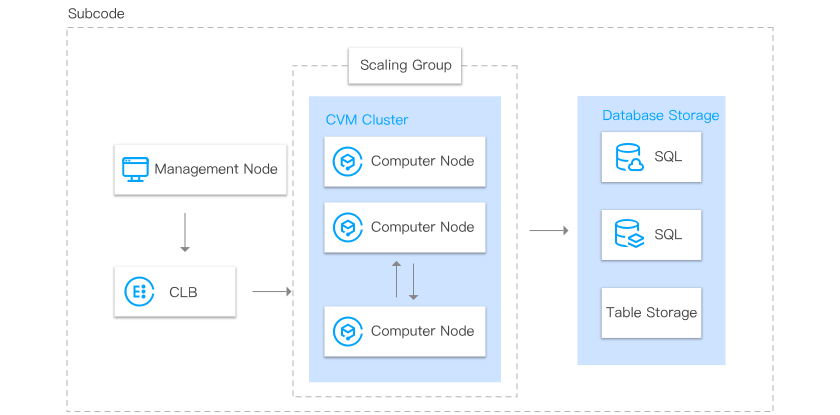
Auto Scaling
Automated, low-cost computing resource management policy with planning capability, efficiency and high fault tolerance
Overview
Auto Scaling (AS) provides you a highly efficient management policy for computing resources. You can set the time to execute management policy regularly or create a real-time monitoring policy to manage the number of CVM instances and deploy the environment for the instances, to ensure that your business runs smoothly. AS automatically increases the number of CVM instances during demand surges to maintain good performance and decreases the number during lulls to reduce costs.
Benefits
Automatic
Cost Saving
Schedulable
Fault Tolerance
Easy to Audit
Features
- Alarm-triggered Scaling
- Scheduled Scaling
- Replacement of Unhealthy CVM
- Auto Load Balancing
- AS Activity Record
Scenarios

Business type
E-commerce websites, video websites, online education, etc.
Policy
The requests from the clients reach the application CVMs through CLB. When the access volume changes rapidly, AS can flexibly scale up or down the instances based on the amount of requests.
- Logic-layer CVM Scaling for Flexible Web Services
- High Performance Computing Cluster Deployment
- Request CVM Deployment
Business type
E-commerce websites, video websites, online education, etc.
Policy
The requests from the clients reach the application CVMs through CLB. When the access volume changes rapidly, AS can flexibly scale up or down the instances based on the amount of requests.

